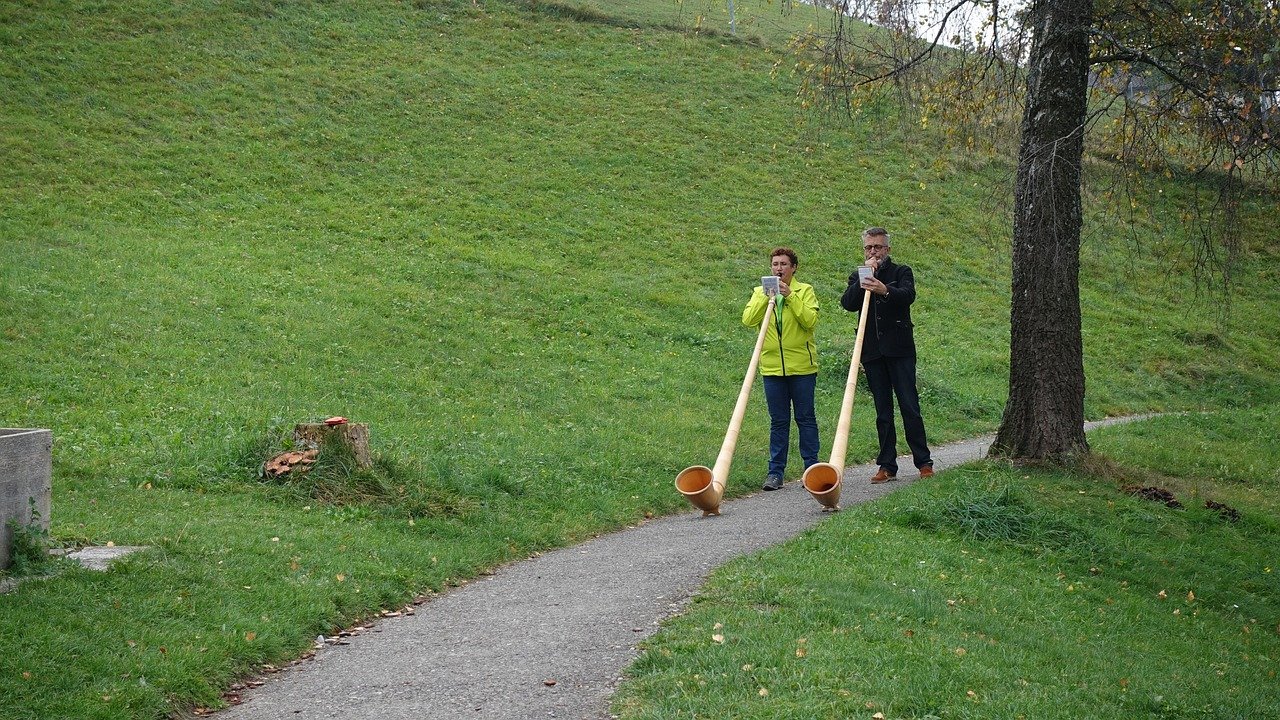
The Japanese tea ceremony, or 'Chado', offers a fascinating glimpse into the country's traditions and culture. Revered for its profound symbolism and meticulous practice, it is more than just a ritual; it is an art form, a spiritual discipline, and an emblem of the Japanese ethos.
The history of the Japanese tea ceremony
The origin of the Japanese tea ceremony can be traced back to Zen Buddhist monks in the 9th century. They used tea as a means to stay awake during long periods of meditation. The custom of drinking tea gradually spread from the temples to the imperial court and eventually, the common people.
Fast forward to the 16th century, and the tea ceremony had evolved into a highly ritualized practice under the influence of tea masters like Sen no Rikyu. Today, it remains a vital part of Japanese culture, celebrated for its Zen philosophy of simplicity ('Wabi') and appreciation of the transient beauty of nature ('Sabi').
The meaning of the Japanese tea ceremony
At its heart, the Japanese tea ceremony is an act of hospitality. Serving tea is seen as a selfless act of kindness towards the guests. It embraces the concept of 'Ichi-go Ichi-e' - 'one time, one meeting', a reminder that each encounter is unique and should be cherished.
Additionally, it exemplifies the principles of Zen Buddhism, emphasizing mindfulness, respect, purity, and tranquility. Participants are encouraged to leave worldly concerns at the door and immerse themselves in the present moment.
Steps in a Japanese tea ceremony
A traditional Japanese tea ceremony involves several steps. Here's a basic rundown:
-
Purification: Guests cleanse their hands and mouths using clear water, signifying the separation from the outer world.
-
The entrance: The host greets the guests at the entrance of the tea room, setting the tone for the ceremony.
-
The meal: Traditionally, a light meal or kaiseki is served before the tea.
-
The preparation: The host prepares the tea in a precise manner, using traditional tea-making equipment.
-
The serving: The host serves the tea, starting with the guest of honor.
-
The appreciation: Guests admire the tea making equipment and express gratitude to the host.
-
The conclusion: The ceremony concludes with a final cleaning of the equipment.
Each step is performed with utmost care and attention to detail, demonstrating the spirit of 'Omotesenke' or 'front-facing' style of tea.
Japanese tea ceremony etiquette
Participating in a Japanese tea ceremony requires knowledge of certain etiquettes. For instance, guests should gracefully accept the bowl with a bow before drinking, hold it in a particular manner, and rotate it before sipping the tea. It's also customary to compliment the host on the tea and express gratitude for their hospitality.
Japanese tea ceremony equipment
The Japanese tea ceremony involves the use of specific equipment, such as the 'chawan' (tea bowl), 'chasen' (bamboo whisk), 'chashaku' (bamboo scoop), and 'natsume' (tea caddy). Each item is carefully selected by the host, often to reflect the season or theme of the ceremony.
Beyond the beauty and elegance of the ceremony itself, the Japanese tea ceremony serves as a reminder to appreciate the fleeting moments in life, to embrace simplicity, and to practice mindfulness. It's not only a cultural gem of Japan but a symbol of peace and harmony that resonates with people across the world.











